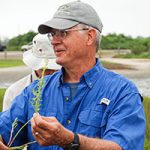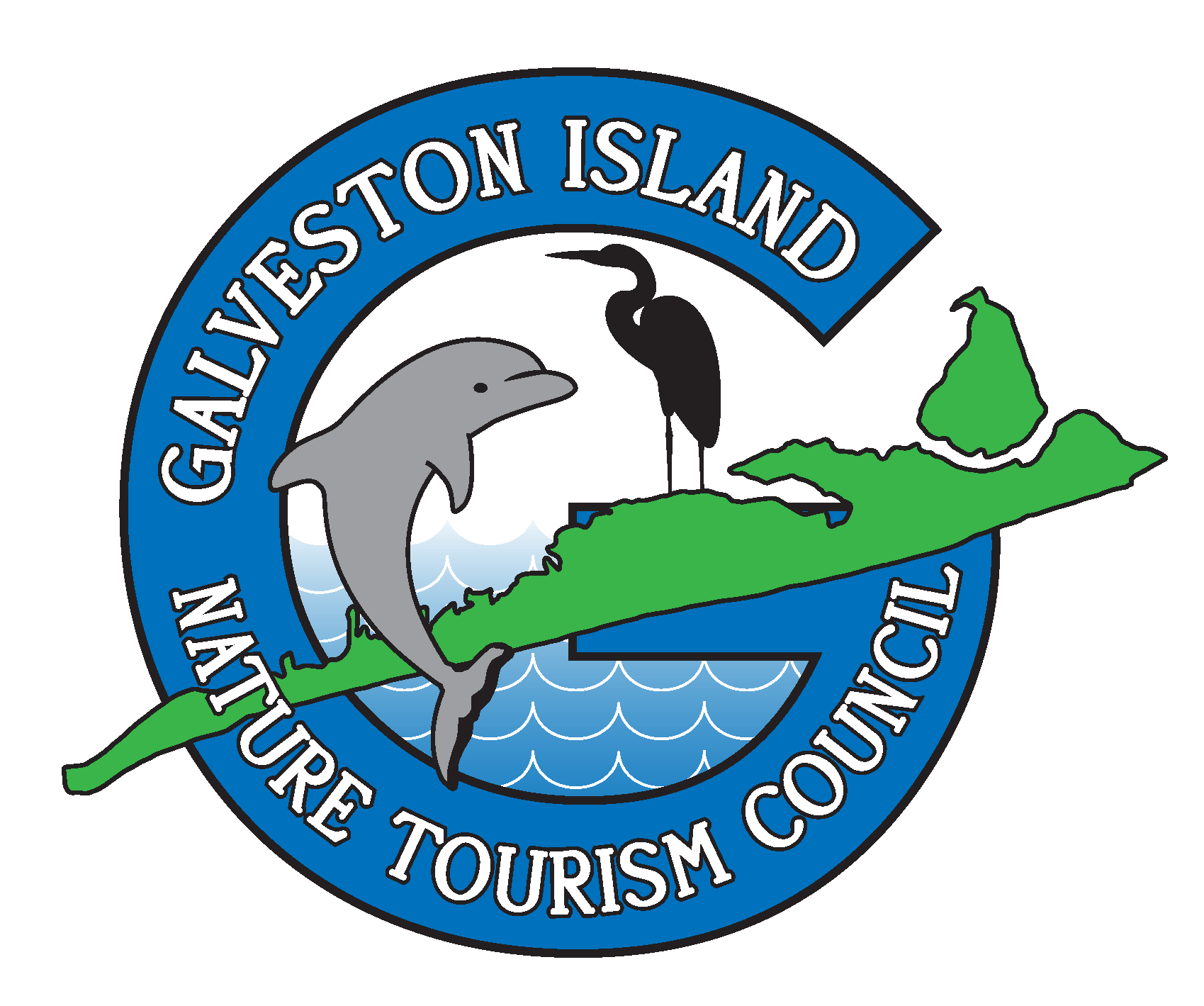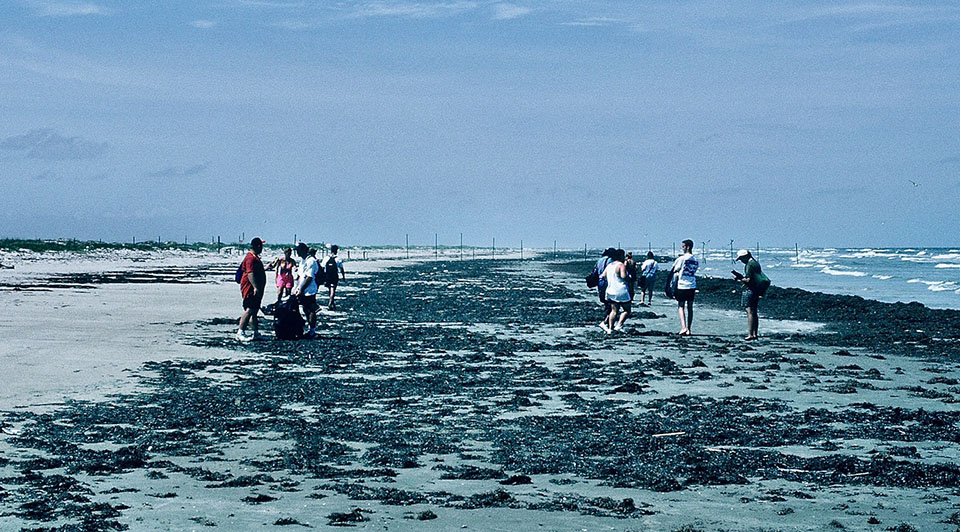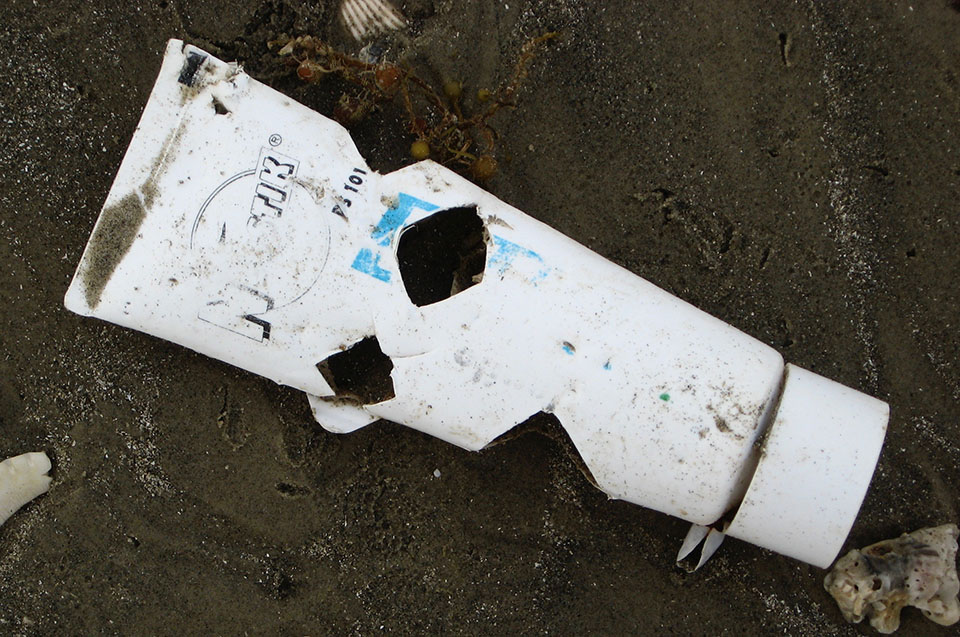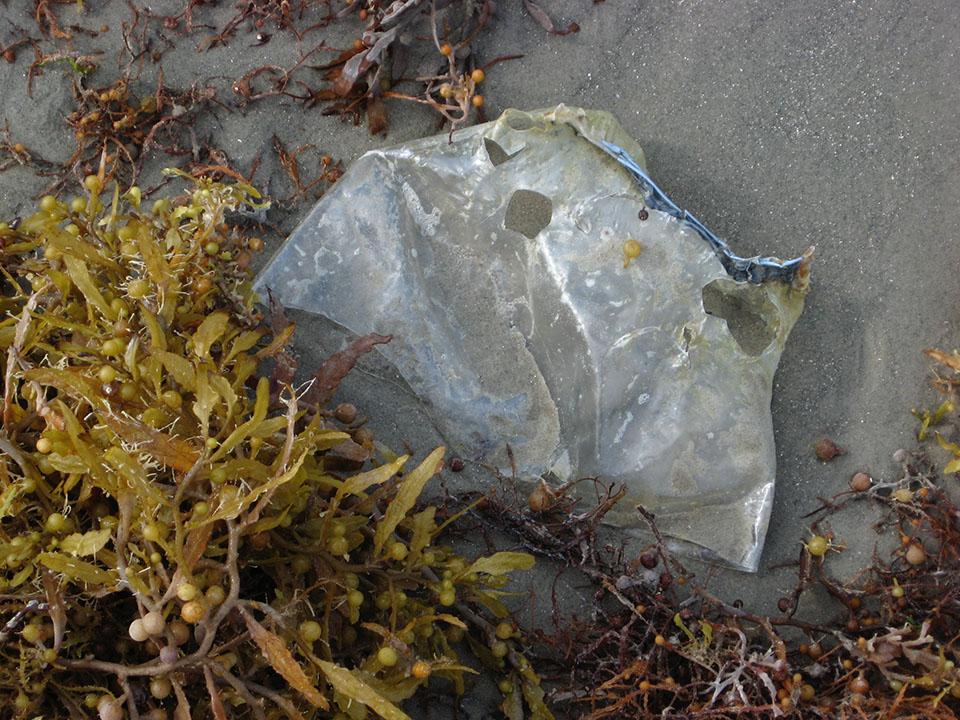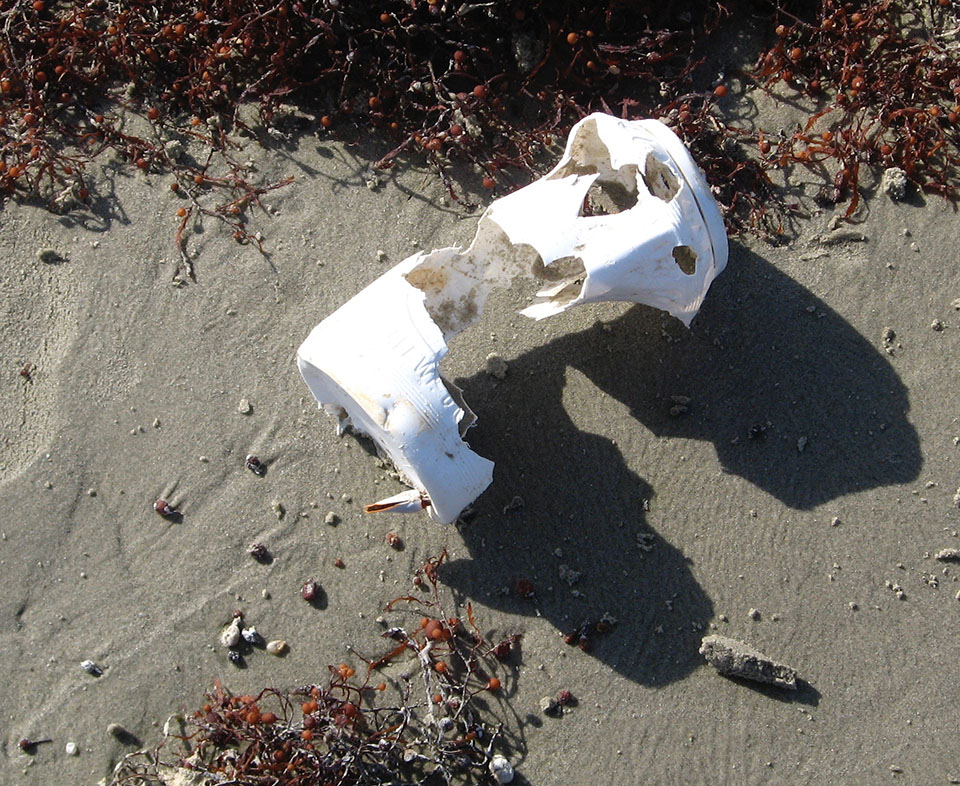by Steve Alexander
The Texas General Land Office sponsored a statewide Adopt-A-Beach cleanup in late September. Galveston Island was one of the 22 cleanup sites statewide.
About 6,500 volunteers showed up on Texas beaches to remove 220,816 pounds of debris. This year’s volunteers and the many others since 1986 have removed to date nearly 10,000 tons of debris from Texas beaches.
Reading about the most recent beach cleanup brought back memories of the many I did with my students on field trips to Port Aransas. The weeklong trips were filled with all things coastal, including a beach cleanup.
We would take a boat ride over to nearby San Jose Island and clean a mile-long stretch of beach. As students walked (see photo), they wrote down every item picked up. They also recorded the presence of sea turtle bites. I had previously seen bites on marine debris and wondered how common they were. So, my students started keeping track.
Due to the triangular nature of their jaws, sea turtle bites are very distinctive and have a kite shape (see photo). Typically, bites were few in number (see photo). But on occasion, they were numerous enough to shred an item (see photo).
On 14 trips to San Jose Island over 11 years, my students picked up a total of about 14,000 pieces of debris. Most were plastic or Styrofoam. These items float at the surface, where sea turtles munch on them.
Of the 14,000 pieces picked up, roughly 700 — or about 5% — had sea turtle bites. The bite size was small at about 10 to 40 millimeters, which suggested juvenile sea turtles made them, perhaps mistaking the floating items for food. Because there were multiple bites, that also suggests juvenile sea turtles can’t detect these items aren’t food. The plastic pieces bitten off either float away or are ingested. Sharp pieces of plastic that are ingested can cause intestinal bleeding or blockage, resulting in starvation and death.
So, what can we to do to help? Two things: Volunteer to help with the General Land Office’s next beach cleanup in the spring; and whenever you’re around water — whether inland, on the beach or offshore in the Gulf — do not dispose of debris of any kind by throwing it onto the ground or into the water.
If all of us do that, we can help remove at least one of the threats facing sea turtles today.
Steve Alexander
Steve Alexander teaches wetlands management at Texas A&M University at Galveston and is a former member of the Board of Directors of the Galveston Island Nature Tourism Council. He is the author of Exploring Galveston: A Naturalist’s Guide to the Island.
